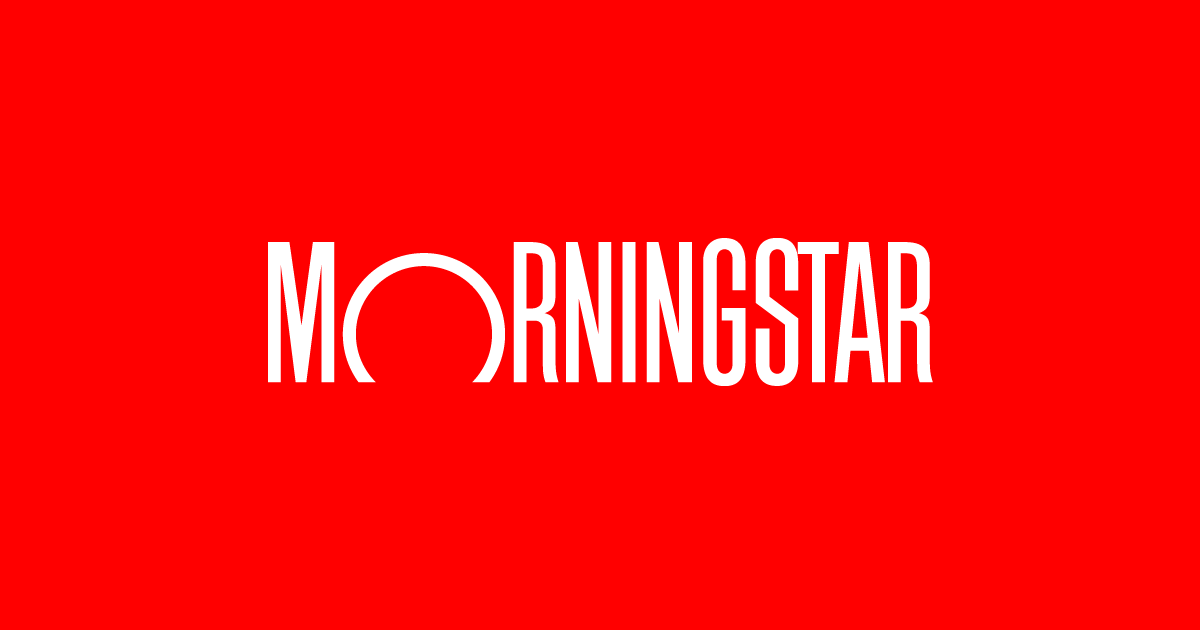Hunger games: Competition in quick food delivery heats up

A war is brewing in online delivery as fast food takes on a new twist in India. After shaking up the retail market for online deliveries with their quick commerce services, Zomato’s Blinkit and Swiggy recently launched standalone apps to deliver meals, snacks and beverages in 15-20 minutes.
Their quick commerce rival Zepto was the first off the mark among the three, starting a quick food delivery service called Zepto Cafe in2022and launching a standalone app for its food business in December last year.
In November, Bengaluru-based quick food delivery startup Swish raised $2 million from venture capital firm Accel and other investors. Swish was founded in August 2024.
The rush into online fast-food deliveries is expected to increase competition in the food ordering space, prompting regular food service companies to prepare items for shorter delivery timelines.
“Overall, quick food deliveries will elevate overall food delivery growth rates. However, the swift off-take in such orders may adversely impact beverages (and) dessert sales of large quick service (restaurant) chains that operate at 30-40-minute delivery cycles,” said Karan Taurani, an analyst at Elara Securities.
To be sure, some large restaurant chains have been trying to deliver food faster. In 2022, pizza chain Domino’s announced plans to roll out a 20-minute delivery service in select cities, and subsequently scaled it up to other markets. Domino’s was a global pioneer, introducing its 30-minute delivery service in the early 1980s, which it brought to India as well.
“The growing demand for 10-minute food delivery reflects urban consumers’ reliance on quick solutions for their busy routines. Companies are meeting this need by delivering ready-to-eat snacks and meals within minutes,” said Kakarlapudi Karthik Varma, consumer analyst at research and analytics platform GlobalData.
“With Swiggy Bolt accounting for 5% of its orders and Swish securing $2 million funding, competition in this fast-evolving sector continues to escalate, driving rapid innovation and growth,” Varma added.
India’s market for eating out and ordering in is expected to nearly double by the end of the decade to ₹9 trillion from about ₹5.5 trillion now, according to estimates by Bain & Co. last year.
Also read | Zomato’s losing steam and the Blinkit drag
Different strokes
Zepto, Blinkit and Zwiggy have distinctly different approaches to their quick food delivery services.
While Zepto uses its dark stores for its cafe business, Swiggy’s quick food delivery platform Bolt has partnered with more than 40,000 restaurants including KFC, Baskin Robbins, and Starbucks in more than 400 cities and towns. Last week, Swiggy on-boarded coffee chain Blue Tokai to its new standalone quick food delivery app, called Snacc.
Blinkit’s quick food delivery app Bistro, which is currently live across a few locations in Gurugram, will deliver canteen-type food in 10 minutes, its chief executive Albinder Dhindsa said on micro-blogging site X, formerly Twitter, on Friday after the launch of the standalone platform.
“Zomato will never launch private brands on the Zomato app to compete with its restaurant partners. Which is why this service is not being built within Zomato,” said Dhindsa. “Bistro is a standalone team with a standalone app and no Zomato restaurant data has been used. Bistro will not even use the Zomato app to market Bistro,” he added.
Also read | Swiggy eyes multi-app strategy with rollout of 3 standalone apps
Standalone app may give these companies significant control over the menu to engineer quick dishes versus platform-based aggregation on the main app, said Taurani of Elara Securities.
“We think that quick commerce food deliveries are going to be a big disruption and a major win for restaurants,” said Sagar Daryani, co-founder and CEO of Wow Momo Foods. “However, it should not be done selectively with only a few brands or chains. It should be an open platform for any and every restaurant.”
Daryani added that Wow Momo was working with vendors to design equipment to shorten the cooking time for processes such as steaming and frying.
Also read | Blinkit to deliver samosas and chai in 10 minutes
Finding an ideal balance
The growing competition to deliver food within minutes has its share of hurdles.
Challenges range from maintaining food quality during expedited deliveries to handling rising operational expenses, with companies striving to find an ideal balance between speed and dependability, per GlobalData.
Moreover, local eateries—especially standalone ones like Udupi restaurants and fast-food joints—are most likely to lose out on sales of fast-moving items like tea, coffee, idli and vada, said Pranav Rungta, director of Simmering Foods, a chain of restaurants in Mumbai, Bengaluru and Hyderabad.
However, popular coffee and tea chains like Blue Tokai, Starbucks, and Third Wave Coffee are better candidates for such quick food deliveries, he said.
“Quick commerce platforms are likely to partner only with multi-outlet chains since that will help maintain consistency in offerings as well as ensure quick deliveries through pre-decided routes,” Rungta said.
Also read | Betting on Swiggy and Zomato: Can India’s food delivery titans deliver?
link





